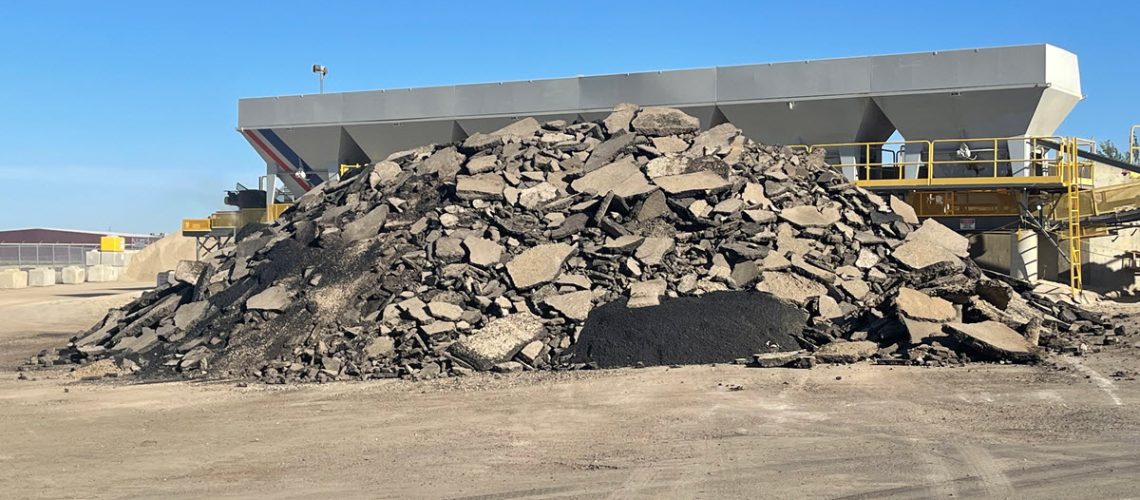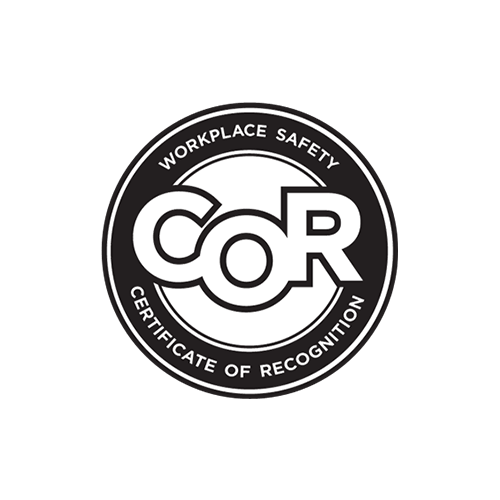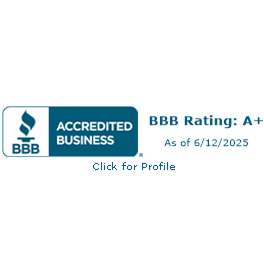Every single year, millions of tons of asphalt pavement are removed from roads and parking lots across the country.
In fact, asphalt is one of the most recycled materials in the world. Asphalt is a very durable material, and with proper maintenance, asphalt pavement can last for decades. But even well-maintained asphalt will eventually need to be removed and replaced. When that happens, asphalt recycling is a great way to reduce waste and save money.
But what is asphalt recycling and how does it work?
What is asphalt pavement?
Asphalt pavement is a mixture of two key ingredients: asphalt binder or bitumen and crushed aggregate (stone, sand, or gravel). The asphalt binder is a sticky black substance that helps glue and bind the aggregate together.
The finished product we see on roads and parking lots is typically about 90 to 95 percent aggregate and 5 to 10 percent asphalt binder.
What is asphalt recycling?
Asphalt recycling is the process of taking old asphalt and crushing it down into smaller pieces. The crushed material can then be used as a base for new asphalt pavement. It’s a closed-loop system: old asphalt is removed, crushed, and used to make new pavement.
According to the National Asphalt Pavement Association, more than 87 million tons of asphalt were recycled into new mixes in 2020. Using recycled asphalt pavement (RAP) saves $3.3 billion every year and reduces the need for mining new materials.
How is asphalt recycled?
There are many methods for recycling asphalt, such as hot-in-place or cold-in-place recycling (CIPR) and full-depth recycling (FDR). But generally, asphalt recycling involves these steps:
- The top layer of old asphalt is removed with a milling machine in a process called asphalt milling.
- Pieces of crushed old asphalt, called chunks or millings, are mixed with some water and additives in an asphalt recycler.
- For hot recycling, the recycler heats and combines the mixture to create recycled asphalt pavement. On the other hand, cold-mix asphalt is kept cold during the mixing process.
- The new mix is then placed back down on the road as new pavement. Often, recycled asphalt pavement is used as a base or subbase layer for new construction projects.
- Some of the asphalt that’s removed during milling can also be used as a base for new asphalt.
What are the benefits of using recycled asphalt?
Most asphalt pavements are removed because they’ve reached the end of their useful life, but it doesn’t mean they can’t be used again. Here are the top benefits of using recycled asphalt:
- It reduces the need for mining new materials: Every ton of RAP used in new asphalt pavement saves a lot on virgin asphalt binder, which means that we can use less new material.
- It cuts down on emissions: The production of asphalt pavement generates a significant amount of greenhouse gas emissions. Recycling old asphalt pavement reduces those emissions by up to 25 percent.
- It’s cheaper than using new materials: It costs less to produce new asphalt pavement from RAP than it does to use virgin materials. In fact, the U.S. Department of Transportation estimates that using RAP can save up to $10 per ton.
Recycled asphalt is good RAP
Recycled asphalt is a popular choice for many reasons: it’s environmentally friendly, cheaper than virgin asphalt, and as strong and durable as new asphalt. Asphalt recycling not only saves money but also reduces waste and helps to sustain our environment. Virgin asphalt material may be requested or required for specific projects but in most cases, asphalt mix containing RAP is generally used for parking lots, driveways, pathways and more.
Holloway Paving uses both RAP and virgin materials. We also haul all excavated, old asphalt to a recycling facility for all of the reasons stated above. Let’s do our part for the environment and keep your budget while updating your asphalt pavement. Call us today for a free quote (403) 975-3030








